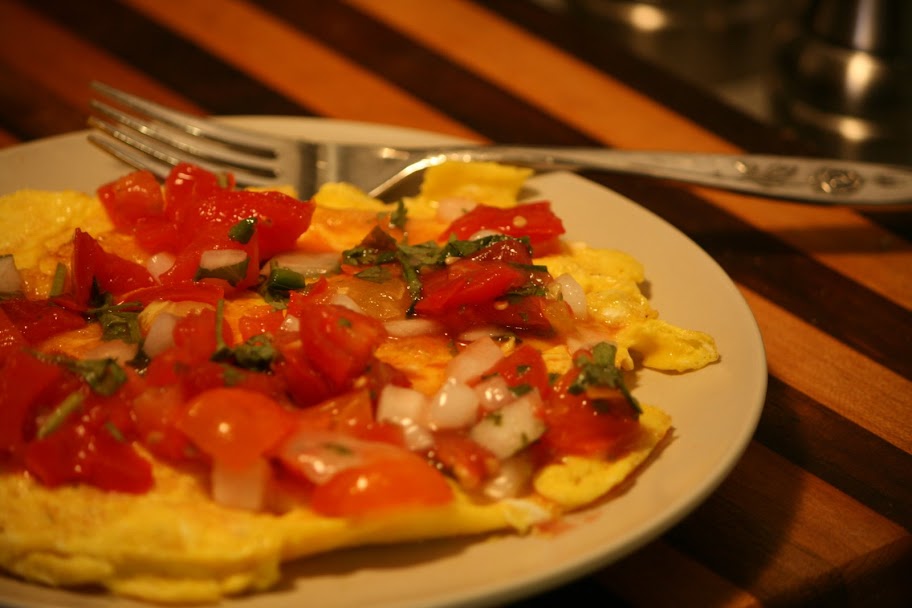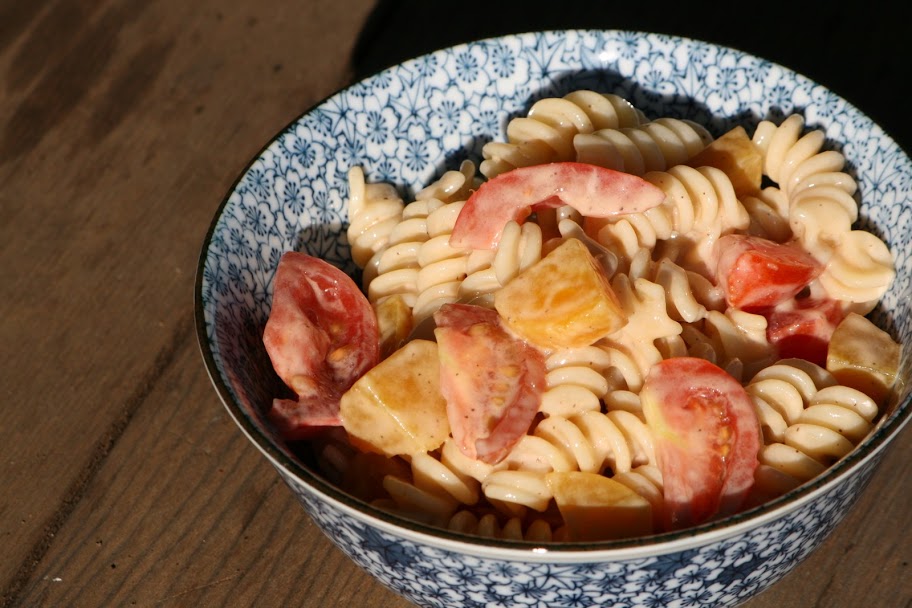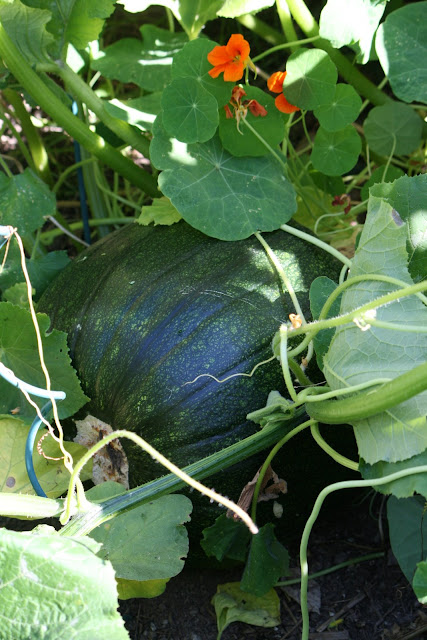 Working the market has been interesting. People in Seattle are dedicated enough to eating organic that they just don’t think about the price… but wow. Our stuff is SPENDY. $2.50/lb for potatoes (damned good potatoes which are COMPLETELY worth it, but until you spend the money to try them, who would know?) $1.50/lb for the biggest cauliflower you have ever seen (and they are pretty and delicious too) but that means spending $6 for a cauliflower that is three times bigger than you really wanted, and then of course, $4/lb for the best green beans and peas you have ever tasted. What it means to be beyond organic is pretty amazing. The industrial organics can sell the ¼ of their stock (which are probably the ones that don’t quite fit into the mainstream idea of what the veggie is supposed to look like….) And they sell them to soup companies that want to claim ‘organic’ and still have plenty for every single whole sale order they have. We don’t have that luxury. We have to sell the 5lbers, right along with the 2lbers that we know everyone will buy.
Working the market has been interesting. People in Seattle are dedicated enough to eating organic that they just don’t think about the price… but wow. Our stuff is SPENDY. $2.50/lb for potatoes (damned good potatoes which are COMPLETELY worth it, but until you spend the money to try them, who would know?) $1.50/lb for the biggest cauliflower you have ever seen (and they are pretty and delicious too) but that means spending $6 for a cauliflower that is three times bigger than you really wanted, and then of course, $4/lb for the best green beans and peas you have ever tasted. What it means to be beyond organic is pretty amazing. The industrial organics can sell the ¼ of their stock (which are probably the ones that don’t quite fit into the mainstream idea of what the veggie is supposed to look like….) And they sell them to soup companies that want to claim ‘organic’ and still have plenty for every single whole sale order they have. We don’t have that luxury. We have to sell the 5lbers, right along with the 2lbers that we know everyone will buy.Anyway… it has been interesting.
 Yesterday I came home with a big box of food from the farm. I had one huge cauliflower, a 2lb bag of green sugar snap peas, 5 cukes, two bunches leeks, 5 onions, 4lbs potatoes, a bunch of carrots, a bunch of red chard, two tiny romenesca, two bunches cilantro, one bunch dill, one bunch mint, and a half lb wild Chantalle mushrooms. At the end of the day, the guy next door to us at the market traded for two half pints of fresh local ice cream, (one of which will be gracing my kids bellies after lunch), another neighbor traded for some bone broth for me and some fresh cows cream cheese which Hannah took home. And yet another neighbor traded for pastries for a snack. And on top of all of that, I got sent home with an entire case of sunflowers that we had left over, and wouldn't last until the Tuesday Market, which Cyan graced all of our neighbors with bouquets before we ate dinner.
Yesterday I came home with a big box of food from the farm. I had one huge cauliflower, a 2lb bag of green sugar snap peas, 5 cukes, two bunches leeks, 5 onions, 4lbs potatoes, a bunch of carrots, a bunch of red chard, two tiny romenesca, two bunches cilantro, one bunch dill, one bunch mint, and a half lb wild Chantalle mushrooms. At the end of the day, the guy next door to us at the market traded for two half pints of fresh local ice cream, (one of which will be gracing my kids bellies after lunch), another neighbor traded for some bone broth for me and some fresh cows cream cheese which Hannah took home. And yet another neighbor traded for pastries for a snack. And on top of all of that, I got sent home with an entire case of sunflowers that we had left over, and wouldn't last until the Tuesday Market, which Cyan graced all of our neighbors with bouquets before we ate dinner.














